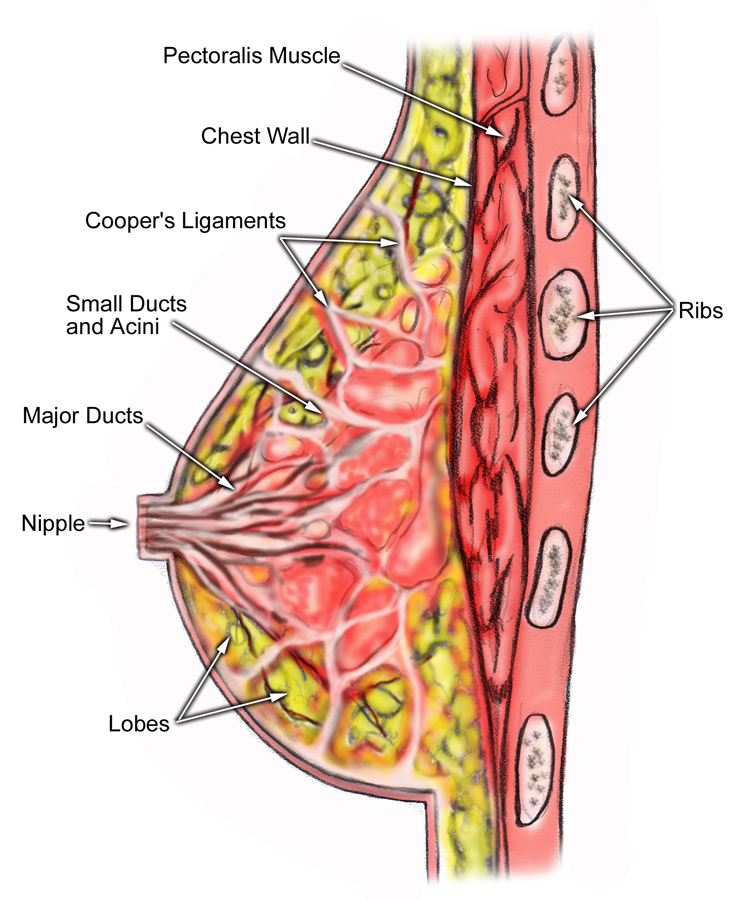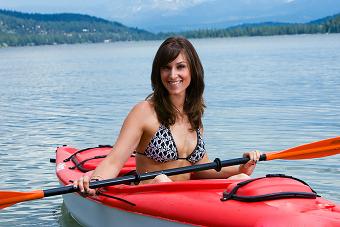 This week, Dr. Richard Kline of The Center for Natural Breast Reconstruction answers your questions.
This week, Dr. Richard Kline of The Center for Natural Breast Reconstruction answers your questions.
Q: I looked at your gallery and I’m concerned about what I see as a mismatch in the photo examples. Is this not something you try to achieve?
A: Thank you for your wonderful question!
By “mismatch,” I’m assuming you mean the two breasts do not look the same when reconstruction is completed.
Firstly, we have many patients with very symmetrical breasts following reconstruction, and we could easily put only their pictures on our website, if we wished.
Thus far, we have chosen to put less-perfect results on our website as well, believing it serves our potential patient population better, for the following several reasons.
In the real world, many patients will not be able to achieve a highly symmetrical result due to prior conditions, or will choose to not go through the multiple surgeries that will be required to get them as close to perfect symmetry as possible. If all patients came to us before their cancer was removed, we would coordinate their surgery with one of our highly experienced breast surgeons, they would nearly all receive nipple-sparing or at least skin-sparing mastectomies, and they would then have the greatest potential for good symmetry in the end.
In actuality, we see many patients from out of town who have already had non-skin-sparing mastectomies (often when nipple-sparing or skin-sparing mastectomies would have treated the cancer just as effectively). In this scenario, they have little potential to have their scar pattern converted to a more favorable one, and commonly need a lot of extra flap skin left in place in the breast. Occasionally a temporary tissue expander can be used to reduce the size of the skin paddle, but this does not always work, especially in radiated patients. If they chose to have a contralateral prophylactic mastectomy, they could then of course choose to have the same type of mastectomy on the other side (which would help symmetry), but many patients understandably do not want to do any more damage to their healthy breast than they have to.
Additionally, many patients are left with permanent changes in their skin from radiation, which can cause permanent color mismatches, as well as excessive tightness in the skin. This can make it very hard to match a radiated side to a non-radiated side, more so in some patients than others. The more times we can operate in this situation, the closer we get, but sometimes ideal symmetry remains elusive.
We want ladies who have already had aggressive mastectomies, who are left with significant radiation damage, or who don’t want to go through many, many surgeries in pursuit of ideal symmetry to know that there is still help for them, without implying to them that they will get a result that is probably not realistic. All busy reconstructive practices have these patients, but not all choose to put them on their websites. It may not be a good marketing decision for us, but we feel it is the most honest way to deal with our prospective patients.
We’d enjoy any feedback you’d care to give us on this topic, as we argue about it a good bit amongst ourselves.
Dr. Richard M. Kline, Jr.
Center for Natural Breast Reconstruction
Have a question about breast reconstruction you’d like answered from our surgical team? Just ask us!













